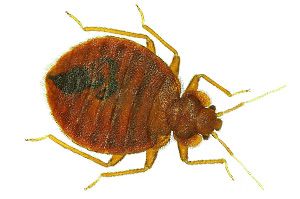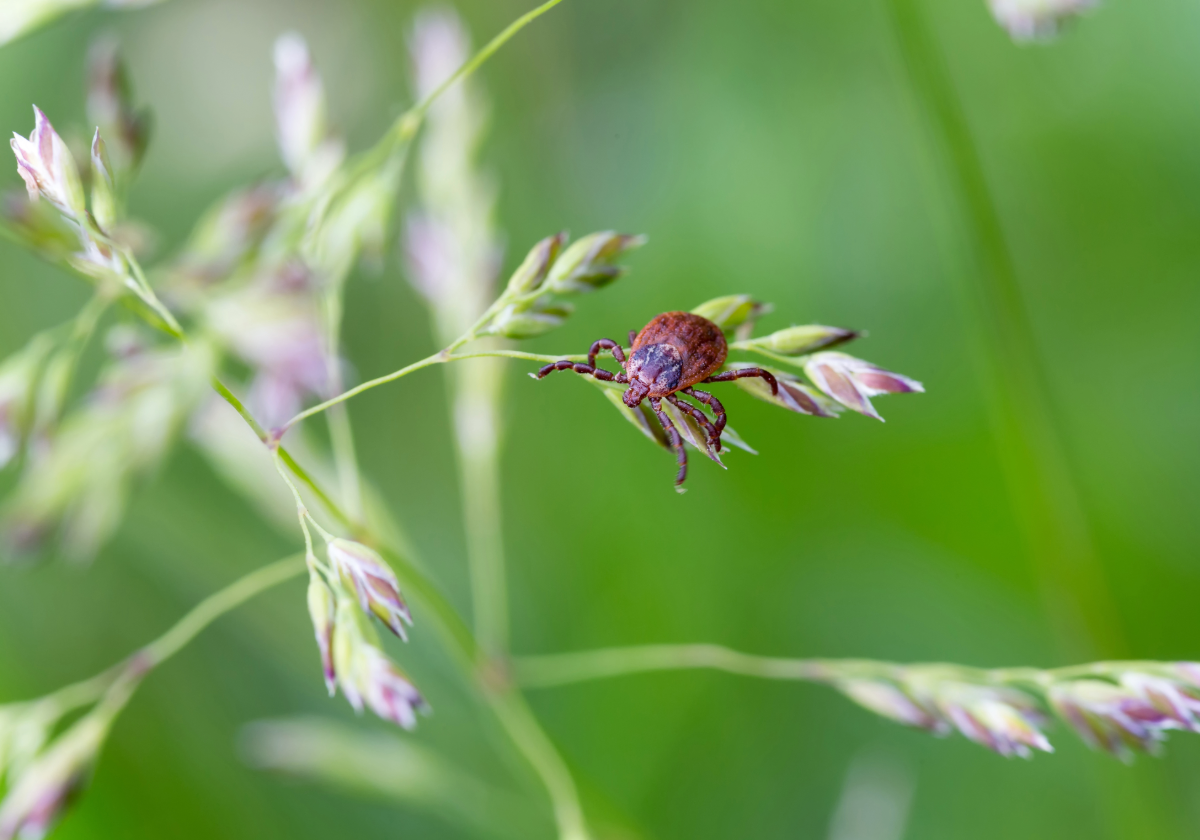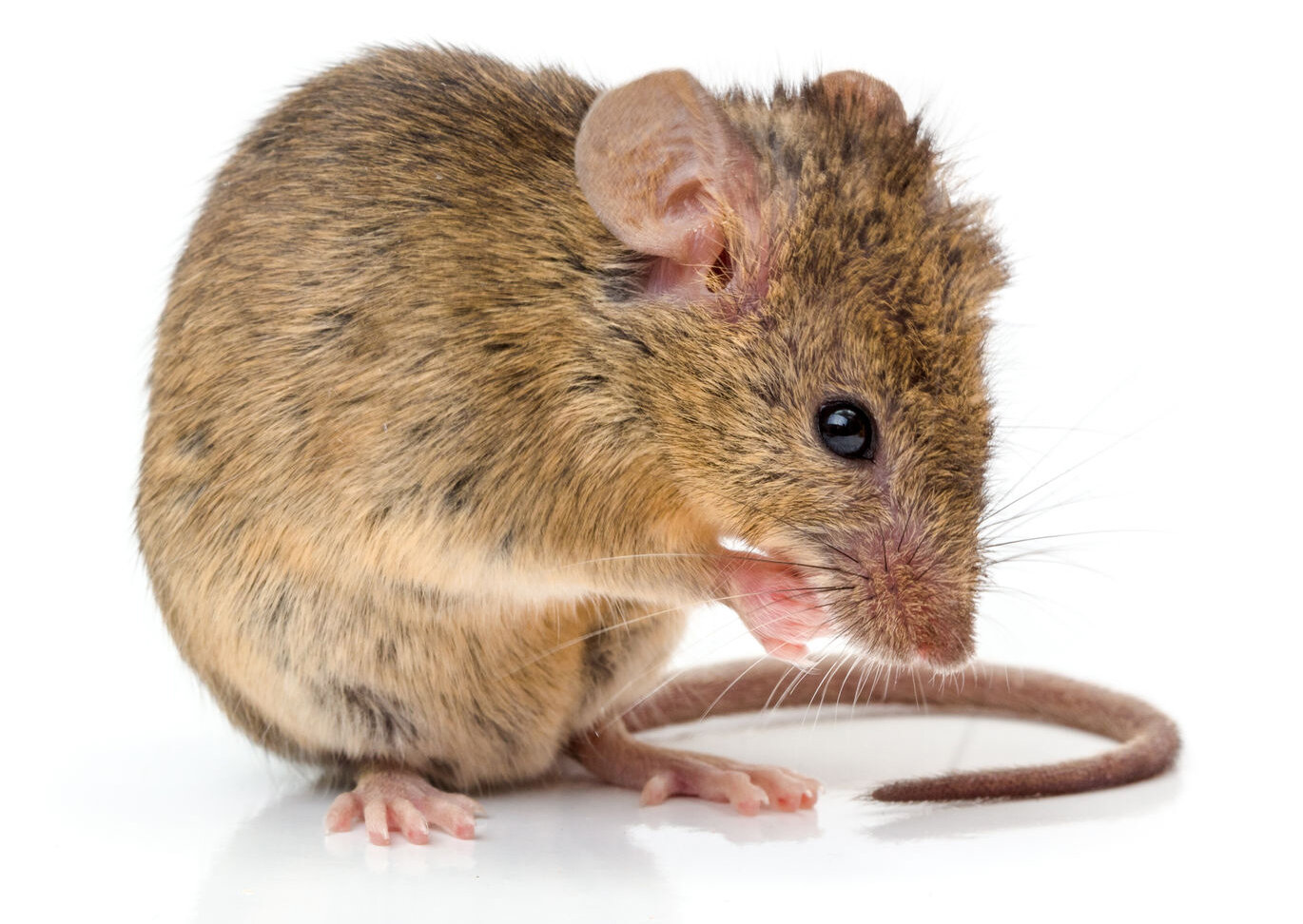
Bed Bugs are elusive, nocturnal creatures that hide behind baseboards and in any cracks, voids, and folded areas of beds, bedding and adjacent furniture, especially mattresses and box springs.
Travel Tips
Upon Arrival (before unpacking):
- Don’t put your suitcase or backpack directly on the bed; put them in the bathroom (bathtubs are typically pest free) while you inspect the room.
- Inspect the closet and luggage stands and baseboards nearby the luggage rack before placing items in the closet or on the rack.
- Wall mounted headboards are standard in many hotel rooms. Check behind and around the headboard. A credit card can be used along seams and cracks.
- Lift bedding, mattress and box spring and check seems, folds, tags, stapled dust cover and other hiding areas carefully. In hotels, these areas are disturbed frequently and inspected by housekeeping often, so bed bugs are not found here as frequently as they are found here in a home.
- Inspect nightstands, dressers, and other furniture around the bed area including behind wall hangings.
During Your Stay:
- Periodically inspect your suitcase and clothing.
- Each morning, check for new red marks on your body and for blood spots on the bedding.
Before Leaving:
- Inspect your clothes and other items before packing.
- Carefully check crevices in suitcases and backpacks. Run a credit card along all seams. After Returning Home:
- Check again all traveling items and separately wash and dry clothing and bedding items for at least 30 minutes, or dry clean as necessary.
- Check your suitcases again.
- Don’t store your suitcase or backpack under your bed.
Frequent travelers pack a change of clothing for their return trip and keep that clothing in a sealed bag. Before leaving the hotel, they will bathe and change into the clean clothing. When home, they will store their suitcase in a deep freeze until the next trip. These are extra steps you may want to consider taking, if you travel frequently.
Kids coming home from college
- Instruct students that if they are planning to bring any clothing home for laundering, it should be sorted and placed in plastic bags before packing. Separate the laundry as it would be for normal laundering, specifically: light colored items from dark; delicate items from items that can be laundered on regular wash/dry cycles; and finally, dry cleanable items. Separating the clothing permits easy loading of the washing machine and prevents any bed bugs from escaping into your home during the sorting process.
- Plastic bags that contained the suspect laundry can be frozen or discarded in a clean, sealed garbage bags.
- When washing, set the washer and dryer for the hottest setting that the fabric can withstand.
- Carefully inspect backpacks and suitcases. If bed bugs are found (or you are not sure) place the backpack or suitcase into plastic bags, and store in your garage until the student returns to school.
- Don’t place suitcase or backpack on or under beds.
Buying new clothes
- Keep clothing sealed in the plastic wrapping until the items can be laundered, washed by hand, heated, or frozen.
- Items that do not come in plastic should be laundered immediately upon returning to your home.
- When washing, set the washer and dryer for the hottest setting the fabric can withstand.
Buying used clothes and buying online
- Special care should be given to any used clothing. Used items should be laundered immediately before being brought into your home.
- If you need to use a dry cleaning service, you should consider mentioning the items are from an unknown source and to minimize the spread of bed bugs the items should be kept in the plastic bags until loaded into their machines.
Buying mattresses and furniture
- Inspect secondhand or used furniture thoroughly for bed bug signs before bringing them into your home.
- You are strongly cautioned against “scavenging” beds and furniture that have seemingly been discarded and left by the curb for disposal.
- Bed bug infestations are not limited to beds and mattresses, and they can be found on tables, drawers, and even electronics if these items were located in a bedroom or other places that could support an infestation.
What do bed bugs look like?
- Adult bed bugs are oval shaped about the size of an apple seed (3/16” in length).
- Adult bed bugs have flat, mahogany colored bodies.
- After feeding, however, bed bug bodies swell and are a reddish‐ brown in color.
- A bed bug has 6 legs. (Eight legs indicate a tick or )
- A bed bug’s antennae point forward and are about half as long as its body—not longer.
- The adult bed bug’s head is broadly attached to its body and it has no wings.
- Bed bug nymphs are nearly colorless when hatched, becoming brownish as they mature.
- Bed bug eggs are white slightly pear‐shaped and about 1/32” in length.
- The eggs are sticky when first laid.
Where do I look for bed bugs?
Once in the home, bed bugs might congregate or hide in:
- Any convenient crack or crevice
- Along the seams or in the buttons of mattresses
- The coils and frame of the box spring
- Wooden bedsteads
- Bed framing
- Upholstered furniture
- The back of pictures
- Window and door molding/framing
- Behind wallpaper
- Cracks in floors and ceilings
- Between wooden floorboards
- Behind switch plates, conduit etc.
In heavy infestations, they may be found in wall voids, attics or other enclosed places.
What if I find bed bugs?
- Stay calm.
- Call your pest management professional for a thorough inspection.
- Collect and save a bed bug sample to confirm the infestation.
- Bites alone may not be a good indication of bed bugs as they could be from another pest or may not bites.
- Consult with your pest management professional for proper handling or disposal of any infested items.
- Place bedding and clothing in a hot dryer at least for 30 minutes.
- Store cleaned items in plastic bags away from the infestation.
- Follow more thorough instructions provided by your pest management professional or property management to prepare the area before Without your cooperation, the bed bugs will not be eliminated.
- Vacuum every other day or at least weekly by using a strong vacuum cleaner with a HEPA (high efficiency particulate air) filter to pick up bed bugs’ live stages and cast Target the vacuum on the seams of mattresses and box springs, along perimeters of carpets, under baseboards, and in other areas where bed bugs live. Carefully handle vacuum contents; they may contain live bed bugs. Dispose of vacuum bags immediately outside the building in a proper dumpster.
- Follow the precautionary measures before, during and after Cooperate with your pest management professional to do thorough bed bug elimination and follow up program.
- Follow all bed bug preventive procedures recommended by your pest management professional. For more information on how to minimize risk of bringing bed bugs home while traveling, refer to the travel tips.
Don’t:
- Jump to any conclusion before discussing with your pest control professional.
- Feel ashamed. Bed bugs have been around for hundreds of years and can infest anyone.
- Discard your bed, mattresses, box spring or other furniture before consulting your pest professional. Additionally, don’t move items outside the infested areas before your pest management professional’s inspection.
- Bag everything you own.
- Spread bed bugs. Don’t sleep on another bed, sofa, etc. or stay with someone else until your problem has been eliminated.
- Try to use pesticides on your own. Do‐it‐yourself chemicals, such as bug bombs, insect killers, and any over the counter products will not work for bed bugs, as they have no or little residual effects to eliminate missed bed bugs or newly hatched nymphs. Additionally, releasing a fogger or bug bomb in your bed room or home is dangerous.



